William Wallace.
Instantly one thinks of Scotland. That tartan-clad warrior burning with the zeal of patriotism, bounding over heathery hills and laying waste to the soldiers of monolithic England with his massive broadsword. He would rather die than be forced into subjugation by a foreign power, and in that thought he is a pure manifestation of the indomitable human spirit.
I admire that force of belief. Surely, most must. He dared to cut through the order of the time for what he believed in – few of us can say the same. However, one person’s freedom fighter is another person’s unscrupulous rogue, and indeed he was tried for atrocities against civilians, “sparing neither age nor sex, monk nor nun.” I wonder, how is William Wallace portrayed in English primary school history classes these days? What are we to believe about Scotland’s most iconic patriot?
The movie Braveheart provides the most accessible look at Wallace’s story, and it crashed into my adolescence with the force of an ELE meteor. The accuracy of its historiography is certainly questionable, but the movie sparked my interest in Scotland and my Scottish heritage (and I’m sure for many others too). Taking a page from Wallace’s book, I sought to break the shackles of pseudohistory by visiting the National Wallace Monument outside Stirling.
The sky was full of broken clouds as I drove up the A91 toward Stirling, both Stirling Castle and the National Wallace Monument coming into view atop their respective hills. The monument stands just south of the University of Stirling, and in the monument’s café I met Ken Thomson, the marketing manager for Stirling District Tourism. We enjoyed a light lunch while I got the scoop on recent renovations to the exhibits within the National Wallace Monument.
The nineteenth century saw a vast resurgence in pride over the Scottish identity thanks in large part to Sir Walter Scott and other Romantics who re-popularized myths, legends, and culture from the Middle Ages. Monuments to folk heroes sprung up across the land, including the Wallace statue on Bemersyde Hill in the Scottish Borders and, of course, this gorgeous monument to William Wallace. The National Wallace Monument, completed in 1869, is a full 220 feet of Victorian Gothic architecture, and it stands atop the volcanic Abbey Craig overlooking Cambuskenneth Abbey where Wallace is said to have watched the army of King Edward I of England gathering before the Battle of Stirling Bridge. That battle turned out to be one of Wallace’s signature military victories.
The interior of the National Wallace Monument is divided into several halls that provide a different look at Wallace and the era from which he hailed. The stairwell leading up to each successive level is fairly narrow and a bit of a puffer. You’ve been warned!
I’m a nerd for medieval weapons, so I particularly enjoyed the Hall of Arms. Swords, shields, armor, arrows, and loads of informational displays and multimedia exhibits bring the late thirteenth and early fourteenth century to life…and then death because these are all implements of warfare.
The Hall of Heroes details how authors brought Wallace’s story to life in the centuries following his death. The busts of these men surround the chamber which has Wallace’s sword as its focal point. The massive longsword is 5’4″ long, weighs almost seven pounds, and hangs in a glass case lit by several spotlights. It is a magnificent display, though the cynic in me won’t shut up about the probable truth that William Wallace went through many swords during lifetime. A sword of this length would be highly impractical in close-quarters combat unless he was as tall as some claim him to have been (about seven feet).
After 246 steps I reached the Crown Spire and by god is the climb worth it. The views over the Ochil Hills, Forth Valley, the Trossachs, and Stirling are incredible – right up there with the best views from Arthur’s Seat in Edinburgh. I spent a long time up here just admiring the surrounding landscape and imagining how the Battle of Stirling Bridge might have looked from this vantage. Atop the Crown Spire, it’s no wonder why Stirling has ever been regarded as the gateway to the highlands.
I really enjoyed my visit to the National Wallace Monument. The exhibits are clearly proud of Sir William Wallace, but they provide an academic rather than cinematic look at Scotland’s great patriot. While independence and imperialism appear black and white to those engaged in the struggle, history lives in the gray realm of objectivity.
You should visit the National Wallace Monument. It’s easy to reach on the well-trodden route from the Central Belt up to the Highlands, and you’ll cross paths with tourists from around the world who have been inspired to learn more about William Wallace and Scotland. Tourists like me.
Disclosure: I was provided with a complimentary visit to the National Wallace Monument. All thoughts and opinions expressed here, as always, are my own.

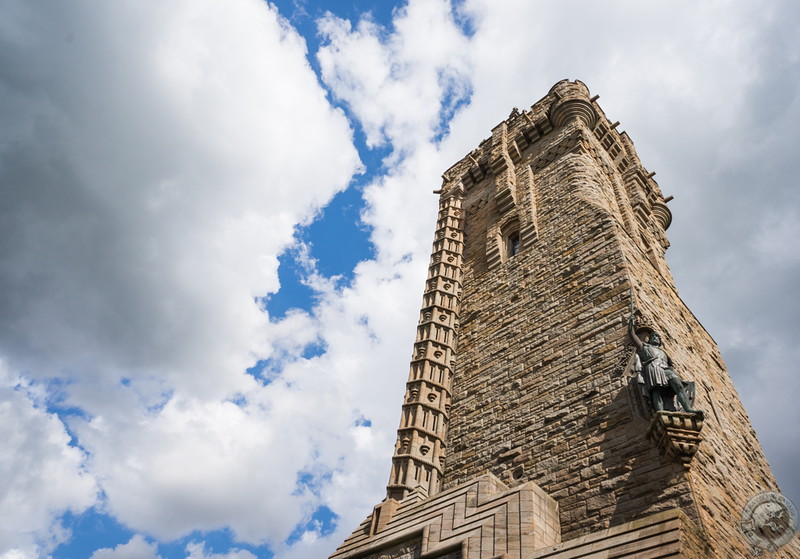
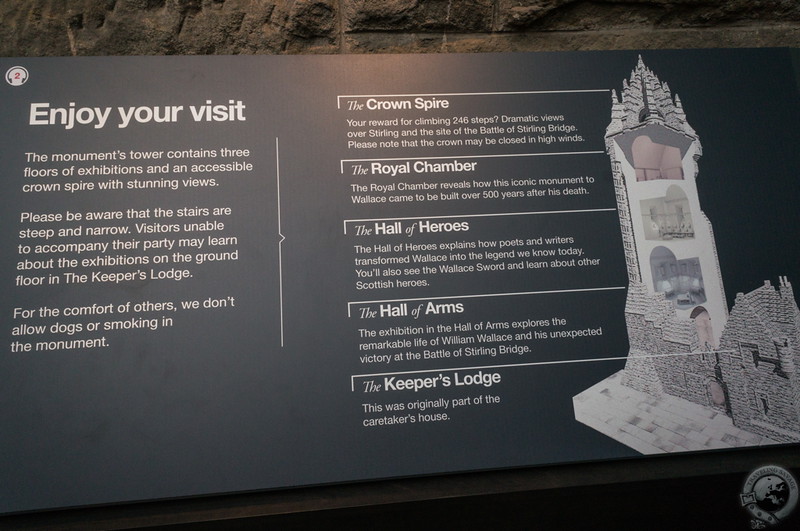
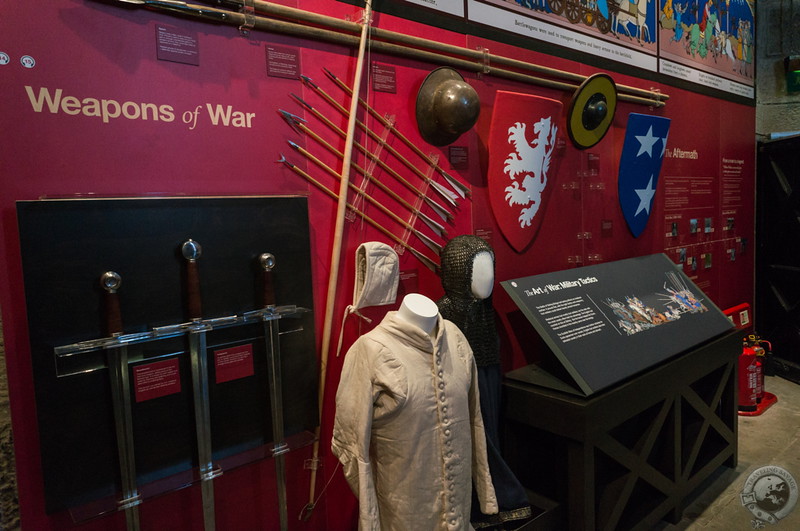
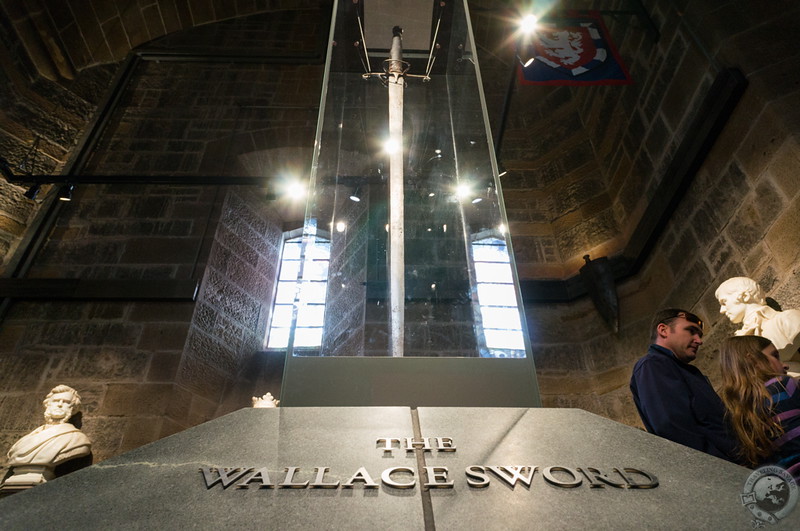
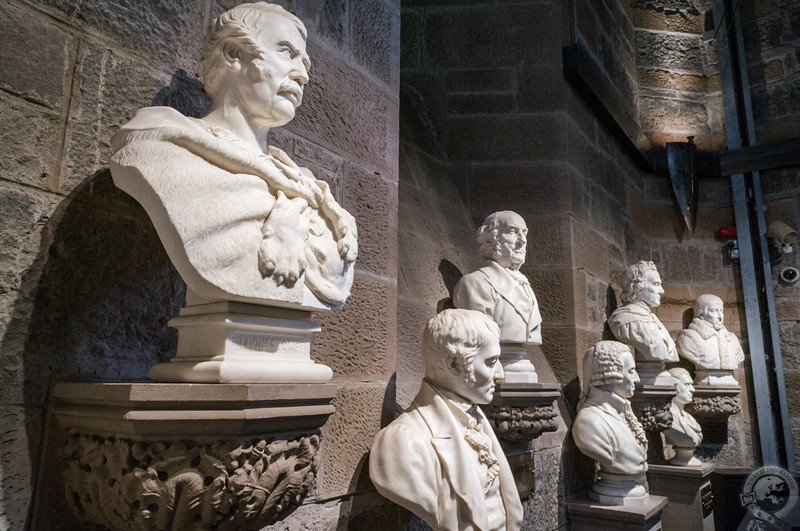
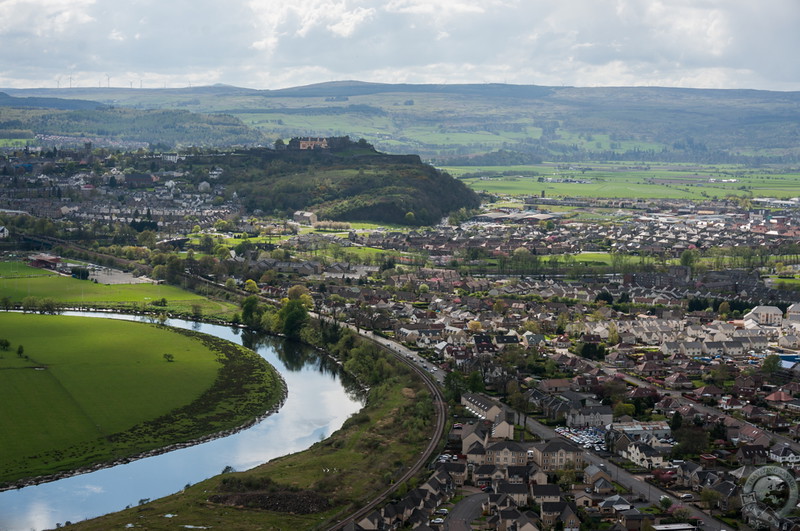
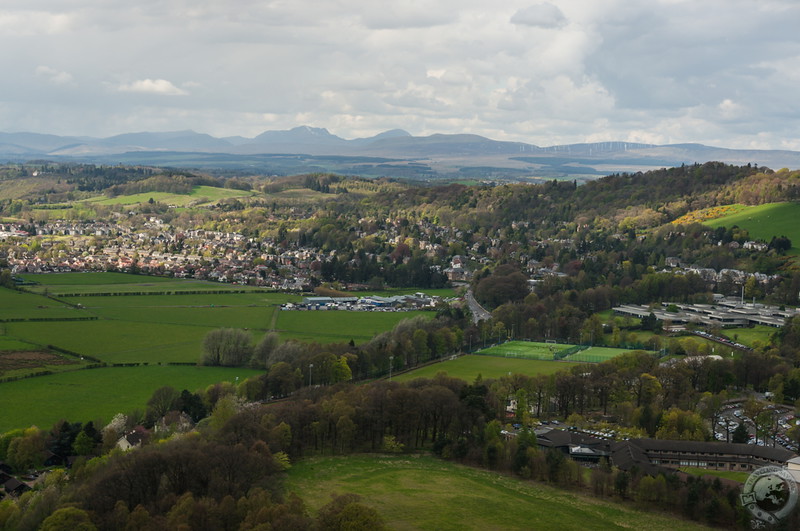
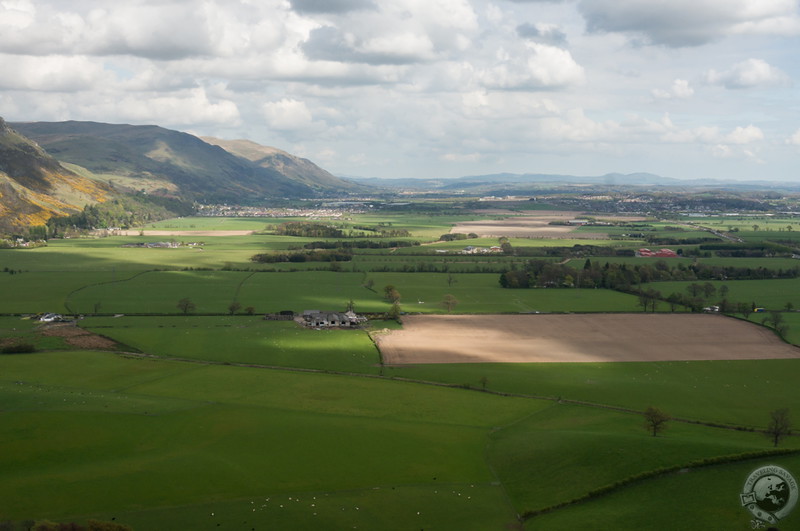
We just visited the National Wallace Monument last week. I had missed the opportunity to visit the monument on our first trip to Scotland a few years back and I wasn’t about to miss it again while on our second visit to this beautiful country! It was well worth the wait!
Glad you made it!
It is a fantastic building. I climbed each and every one of those 246 steps on a cold wintry day in December 2013. Well worth it for the historical display and the views. I learned, and came to appreciate, a lot about Wallace and his significance for Scotland. It was a well spent morning.